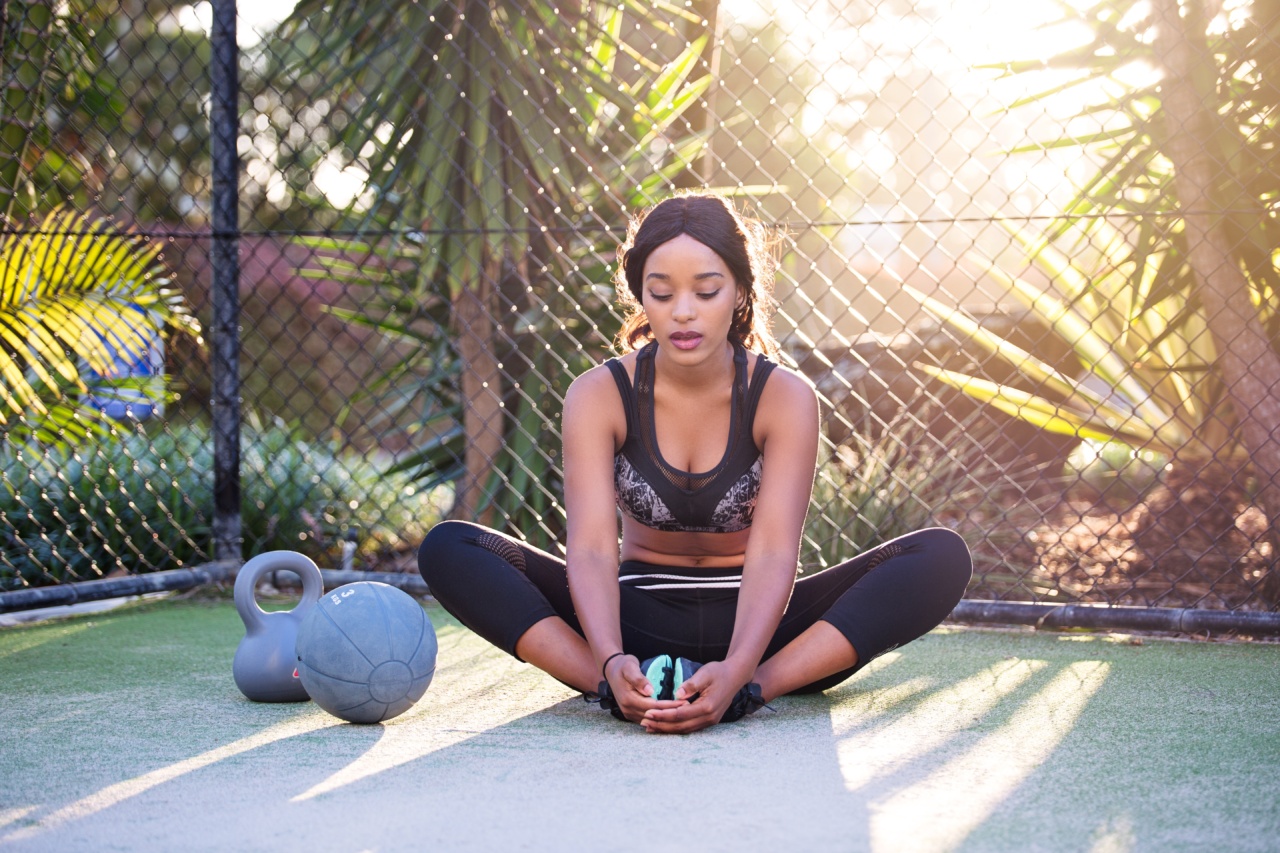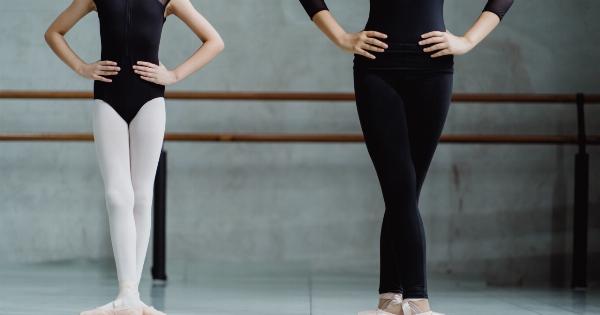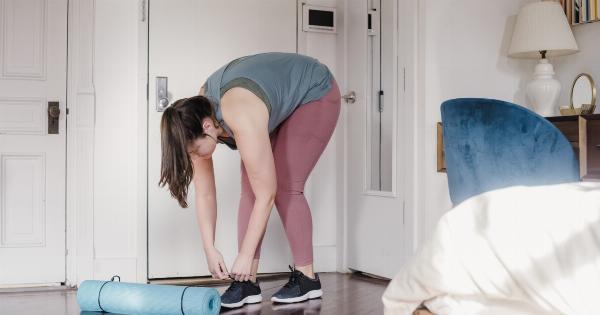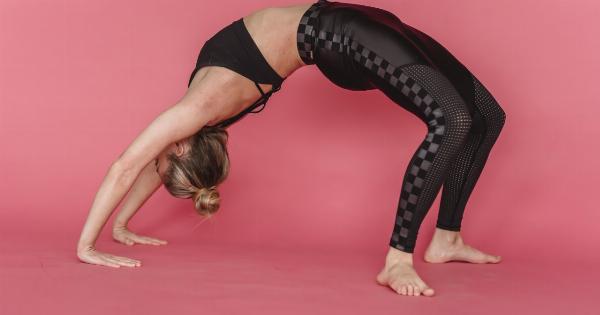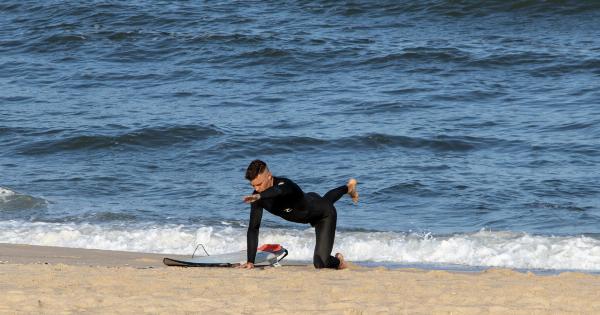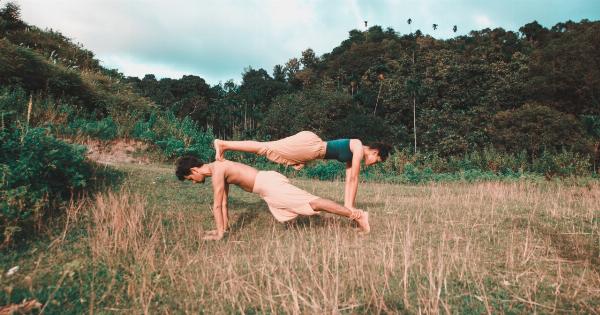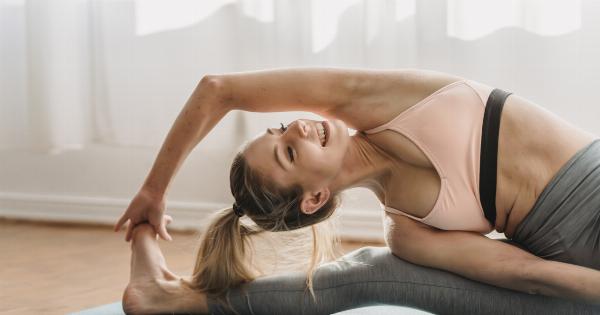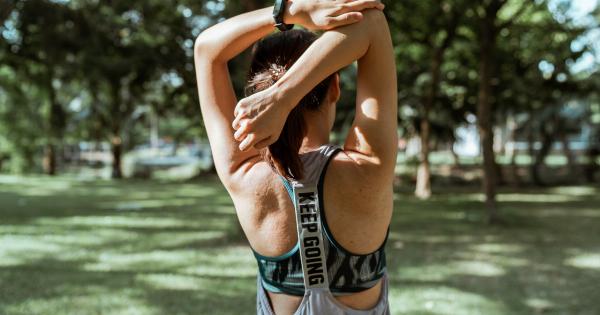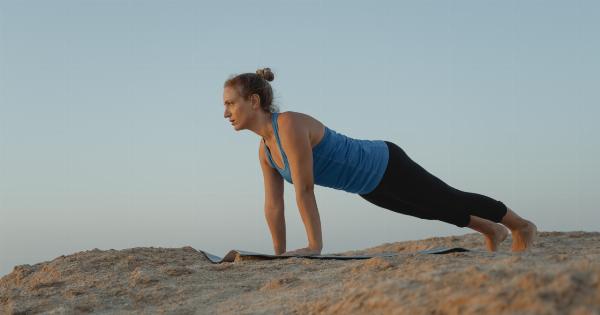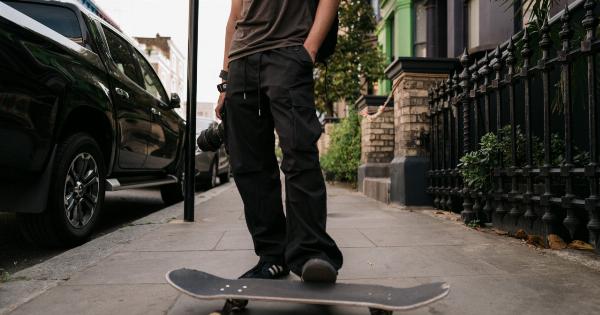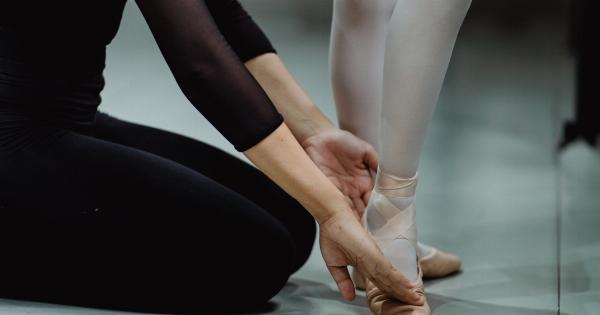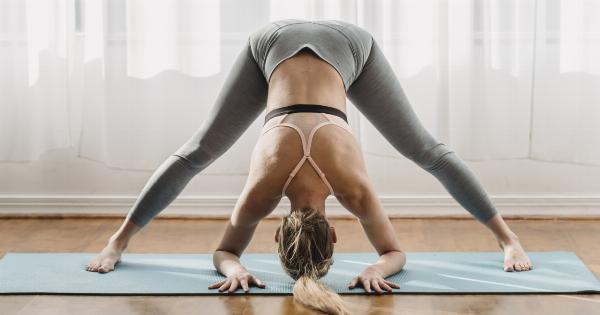Yoga is an ancient mind and body practice that goes beyond just physical movement. A regular yoga practice has been shown to have numerous benefits, including increased flexibility, strength, balance, and mindfulness.
If you’re just starting out in yoga, it’s important to learn foundational poses that lay the groundwork for a safe and effective practice. Here are six poses to get you started:.
1. Mountain Pose (Tadasana)
Mountain pose is the starting point for many yoga sequences and helps to develop strength in the legs, core, and spine. To practice mountain pose, stand tall with your feet hip-width apart and parallel, with your arms hanging loosely at your sides.
Engage your thigh muscles and lengthen your spine upwards, drawing your shoulders back and down. Take slow, deep breaths as you hold the pose for 30 seconds to a minute.
2. Downward Facing Dog (Adho Mukha Svanasana)
Downward facing dog is a great pose for stretching the hamstrings, calves, and shoulders. Start on your hands and knees, with your wrists directly under your shoulders and your knees under your hips.
Lift your hips up and back, straightening your arms and legs as much as possible. Keep your head and neck relaxed, and hold the pose for 30 seconds to a minute.
3. Warrior II (Virabhadrasana II)
Warrior II helps to build strength in the legs, shoulders, and core, while also improving balance and concentration. Begin by standing with your feet wide apart, with your right foot turned out and your left foot turned in slightly.
Raise your arms to shoulder height and extend them out to the sides, palms facing down. Bend your right knee over your ankle, keeping your left leg straight. Look out over your right fingertips and hold the pose for 30 seconds to a minute before switching sides.
4. Tree Pose (Vrksasana)
Tree pose is a gentle balancing pose that strengthens the legs and core and improves focus. Begin by standing tall with your feet hip-width apart.
Shift your weight onto your left foot and lift your right foot off the ground, placing the sole of your foot on the inside of your left thigh or calf. Keep your gaze steady and your balance centered as you hold the pose for 30 seconds to a minute before switching sides.
5. Cat-Cow (Marjaryasana-Bitilasana)
Cat-cow is a gentle warm-up that improves spinal mobility and flexibility. Start on your hands and knees, with your wrists directly under your shoulders and your knees under your hips.
On an inhale, arch your back and lift your head and tailbone towards the ceiling (cow pose). On an exhale, round your spine and tuck your chin to your chest (cat pose). Repeat the sequence for 5-10 breaths.
6. Child’s Pose (Balasana)
Child’s pose is a gentle resting pose that stretches the hips, thighs, and spine. Start on your hands and knees, with your wrists under your shoulders and your knees under your hips.
Lower your hips back towards your heels and stretch your arms out in front of you, resting your forehead on the mat. Take slow, deep breaths and hold the pose for 30 seconds to a minute.
